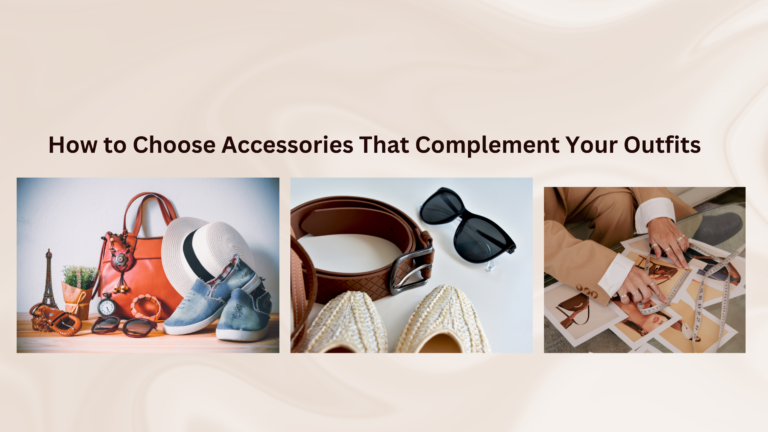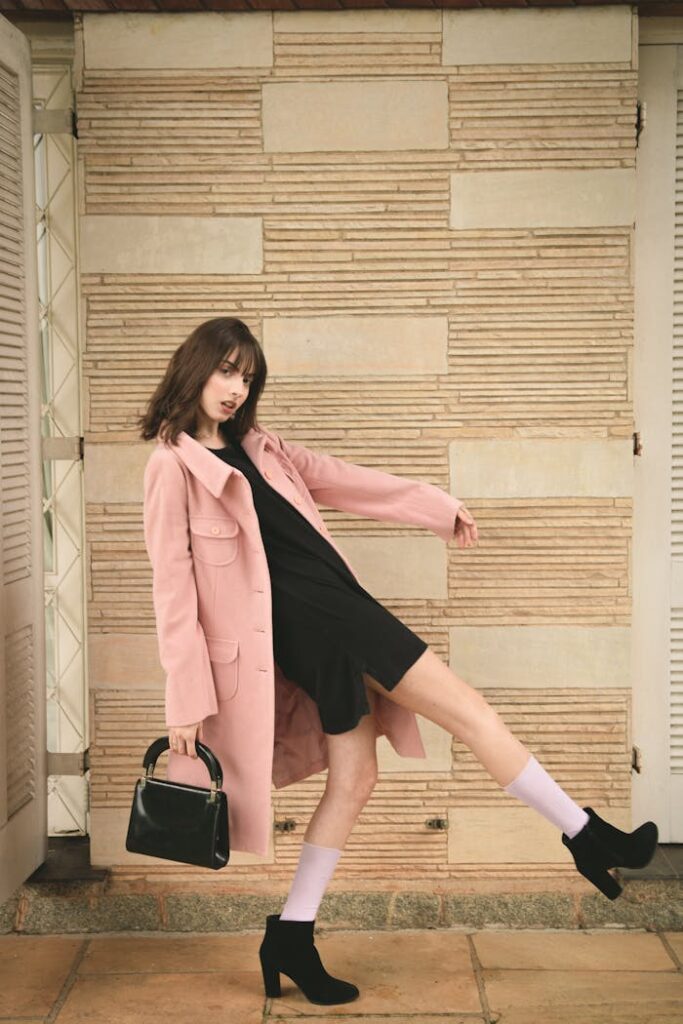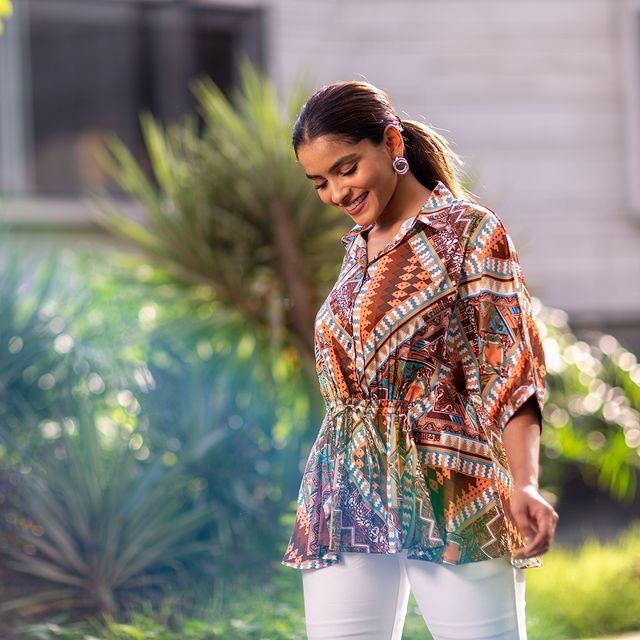Introduction
Why Accessories Matter
Start with an engaging paragraph on the importance of accessories. Mention how the right pieces can transform a look and make a personal style statement.
The Basics of Accessorizing: Understanding Different Types
- Jewelry (necklaces, earrings, bracelets, rings)
- Bags and Clutches (for practicality and style)
- Scarves and Shawls (seasonal and versatile)
- Belts (adding shape and defining waistlines)
- Hats and Headwear (style meets functionality)
- Footwear (how shoes are an accessory to consider)
- Eyewear and Sunglasses (the chic and practical accessory)
Explain briefly how each accessory type contributes to an outfit’s overall look.
Matching Accessories to Your Style and Occasion
- Defining Your Style
Help readers determine their personal style, whether it’s minimalist, bohemian, classic, or trendy. Explain how certain accessories align with different styles. - Considering the Occasion
Show how to choose accessories based on the occasion—formal events, casual outings, work settings, or travel. Mention how different settings demand varied styles in accessories.
Balancing Boldness: When to Go Big or Keep It Subtle
- Statement vs. Subtle Pieces
Explain the difference between bold and understated accessories. Discuss when a statement piece can elevate an outfit (e.g., a chunky necklace or bold earrings) and when a subtle approach works better. - Mixing Bold and Minimalist Accessories
Offer tips on combining statement pieces with minimalist items. For example, wearing a bold necklace with simple rings, or pairing statement shoes with a minimal bag.
Choosing Accessories Based on Colors and Patterns
- Color Coordination
Explain the basics of color matching and contrast. Talk about pairing accessories that complement or enhance the colors of an outfit, such as pairing neutral outfits with bright accessories. - Patterns and Prints
Discuss how to accessorize with patterned outfits. For instance, pair a patterned dress with solid-colored accessories or add a patterned scarf to a monochrome outfit.
Considering Proportion and Scale: Matching Accessories to Outfit and Body Type
- Scale of Accessories
Guide readers on how to choose accessories that suit their body proportions. For example, petite frames might choose daintier pieces, while taller individuals may favor larger statement pieces. - Balancing with Outfit Layers
Explain how the layers of an outfit influence accessory choices. Heavier outfits might call for bold accessories, while light, airy outfits are often complemented by delicate pieces.
The Art of Layering Accessories
- Stacking and Layering Jewelry
Describe how to layer necklaces, bracelets, and rings. Mention trends like stacking rings or wearing multiple necklaces at different lengths. - Mixing Metals and Materials
Talk about the modern trend of mixing gold, silver, and other materials. Share tips on how to combine metals tastefully without overdoing it.
Choosing Accessories by Season and Trends
- Seasonal Accessories
Suggest accessories that work well for each season, such as lightweight scarves for summer, cozy hats for winter, or pastel jewelry for spring. - Keeping Up with Trends (But Staying Timeless)
Guide readers on how to incorporate current trends while maintaining a timeless look. Mention trendy items like oversized sunglasses, chunky chains, or straw hats, and discuss how they can work with classic outfits.
Practical Tips for Accessorizing Different Outfits
- Accessorizing Casual Looks
Give examples like pairing jeans and a tee with a colorful scarf, statement sneakers, or a sleek watch. - Dressing Up Formal Outfits
Talk about accessorizing formal attire, like pairing a little black dress with elegant jewelry or a tailored suit with a luxury watch. - Transforming Workwear with Accessories
Provide ideas on elevating work outfits, such as wearing a subtle pendant, scarf, or stylish belt to add polish to professional looks.
Building an Accessory Collection: Essential Pieces for Every Wardrobe
- Essential Pieces to Invest In
List items like a quality leather belt, a versatile tote bag, a pair of hoop earrings, and a classic wristwatch. Explain why these pieces are wardrobe staples. - Quality Over Quantity
Encourage investing in a few high-quality, versatile items rather than a large collection of cheaper pieces. Discuss the longevity and timeless appeal of quality accessories.
Common Accessorizing Mistakes and How to Avoid Them
- Over-Accessorizing
Explain how too many accessories can overwhelm an outfit. Offer a tip, like the “remove one item before leaving the house” rule. - Ignoring Proportion and Fit
Mention common mistakes, such as wearing oversized necklaces with ruffled tops or bulky scarves with layered outfits. - Choosing Accessories That Don’t Suit the Outfit or Occasion
Emphasize the importance of aligning accessories with both the outfit and the occasion, like avoiding flashy jewelry in a business meeting.
Conclusion
Wrap up with a summary of the key points. Encourage readers to view accessories as an extension of their style and a way to add flair to any outfit. Reiterate that thoughtful accessorizing can elevate even the simplest attire into a stunning look.




